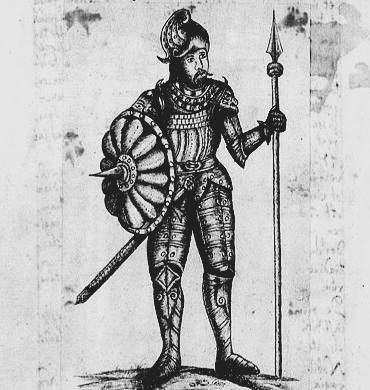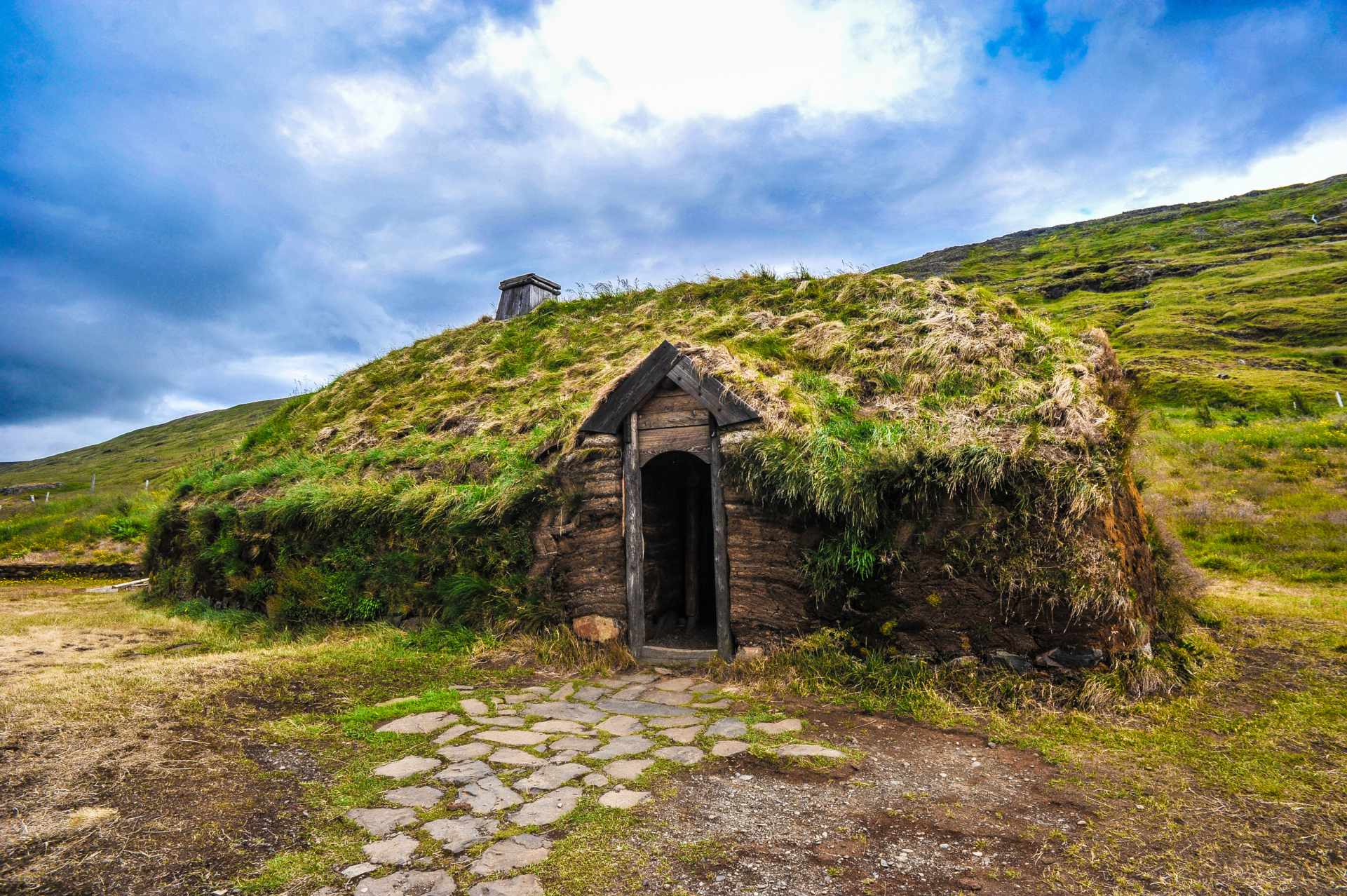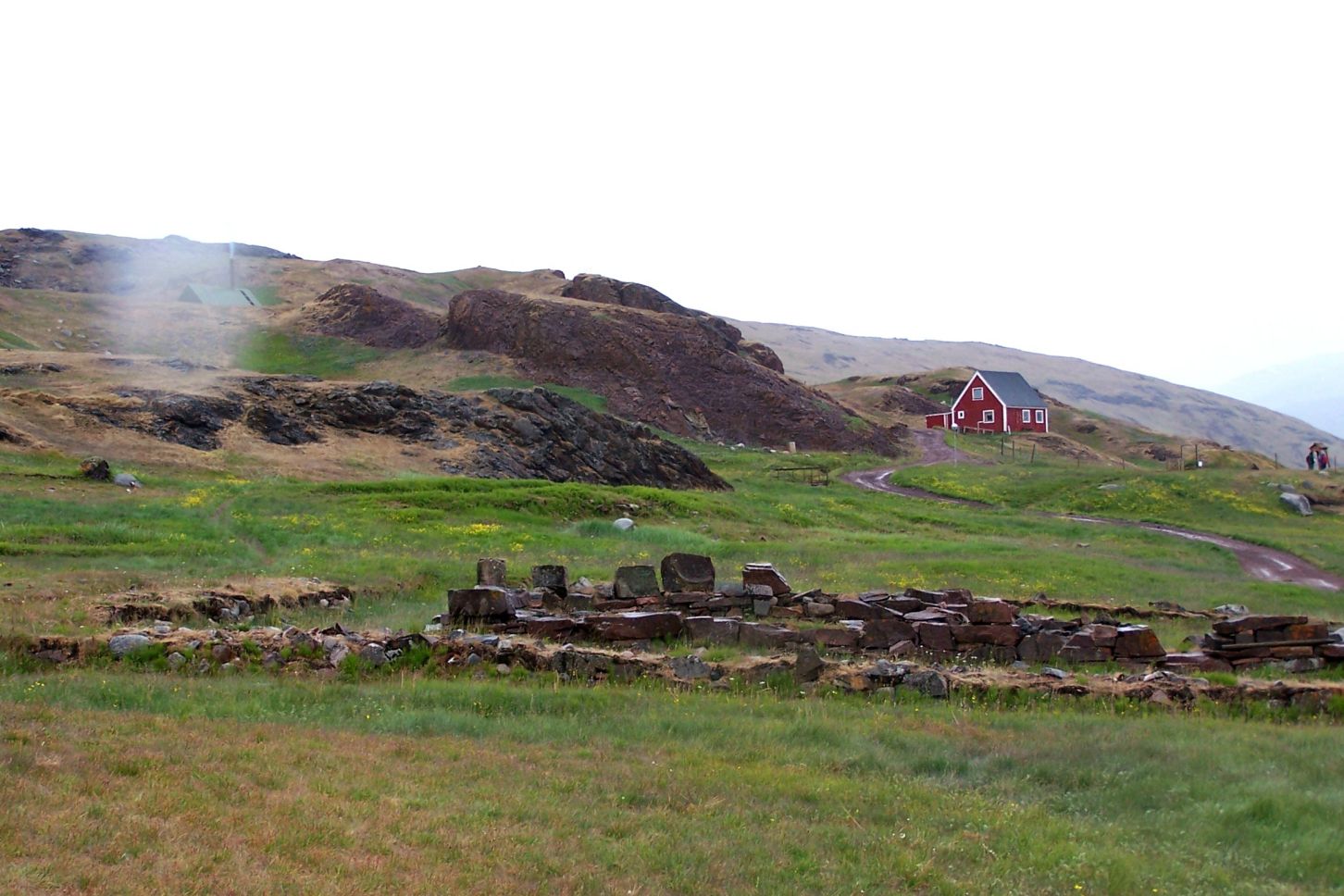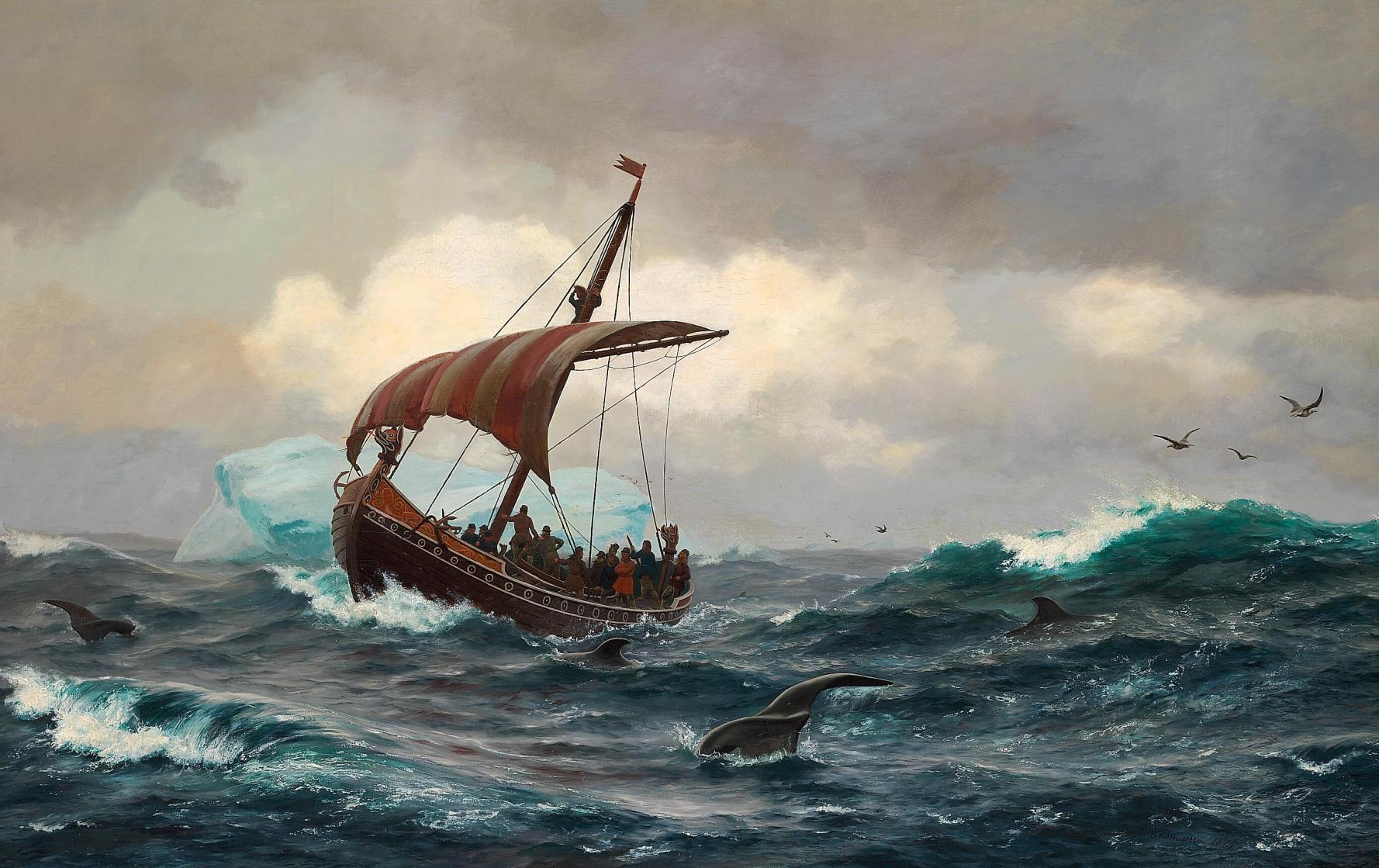Erik the Red, also known as Erik Thorvaldsson, was a legendary Norse explorer who played a pivotal role in the discovery and settlement of Greenland. His adventurous spirit, coupled with his unwavering determination, led him to explore uncharted territories and establish thriving communities in the harsh Nordic landscapes. In this article, we will dig into the remarkable tale of the fiery Viking explorer Erik the Red, shedding light on his early life, marriage and family, exile, and his untimely demise.

Eric the Red’s early life – a banished son
Erik Thorvaldsson was born in 950 CE in Rogaland, Norway. He was the son of Thorvald Asvaldson, a man who would later become infamous for his involvement in manslaughter. As a means of conflict resolution, Thorvald was banished from Norway, and he embarked on a treacherous journey westward with his family, including young Erik. They eventually settled in Hornstrandir, a rugged region in northwestern Iceland, where Thorvald met his demise before the turn of the millennium.
Marriage and family – the founding of Eiriksstaðir

Erik the Red married Þjodhild Jorundsdottir and together they built a farm called Eiriksstaðir in Haukadalr (Hawksdale). Þjodhild, the daughter of Jorundur Ulfsson and Þorbjorg Gilsdottir, played a significant role in Erik’s life. According to medieval Icelandic tradition, the couple had four children: a daughter named Freydis and three sons – the renowned explorer Leif Erikson, Thorvald, and Thorstein.
Unlike his son Leif and Leif’s wife, who eventually embraced Christianity, Erik remained a devout follower of Norse paganism. This religious difference even caused conflict in their marriage, when Erik’s wife took heartily to Christianity, even commissioning Greenland’s first church. Erik greatly disliked it and stuck to his Norse gods—which, the sagas relate, led Þjódhild to withhold intercourse from her husband.
Exile – a series of confrontations
Following in his father’s footsteps, Erik found himself exiled as well. The initial confrontation occurred when his thralls (slaves) triggered a landslide on a neighboring farm belonging to Eyjolf the Foul, a friend of Valthjof, and they killed the thralls.
In retaliation, Erik took matters into his own hands and killed Eyjolf and Holmgang-Hrafn. Eyjolf’s kinsmen demanded Erik’s banishment from Haukadal, and the Icelanders sentenced him to three years of exile for his actions. During this period, Erik sought refuge on Brokey Island and Öxney (Eyxney) Island in Iceland.
The dispute and resolution
The exile did not put an end to the conflict between Erik and his adversaries. Erik entrusted Thorgest with his cherished setstokkr and inherited ornamented beams of great mystical value brought from Norway by his father. However, when Erik completed the construction of his new house and returned for the setstokkr, Thorgest refused to hand them over.
Erik, determined to reclaim his prized possessions, decided to take matters again into his own hands. In the ensuing confrontation, he not only retrieved the setstokkr but also slew Thorgest’s sons and a few other men. This act of violence aggravated the situation, leading to an escalating feud between the opposing parties.
“After this, each of them retained a considerable body of men with him at his home. Styr gave Erik his support, as did also Eyiolf of Sviney, Thorbjiorn, Vifil’s son, and the sons of Thorbrand of Alptafirth; while Thorgest was backed by the sons of Thord the Yeller, and Thorgeir of Hitardal, Aslak of Langadal and his son Illugi.”—The Saga of Eric the Red.
The dispute eventually came to an end through the intervention of an assembly known as the Thing, which outlawed Erik for three years.
Discovery of Greenland

Despite much of history ascribing Erik the Red as the first European to discover Greenland, the Icelandic sagas suggest Norsemen had attempted to settle it before him. Gunnbjörn Ulfsson, also known as Gunnbjörn Ulf-Krakuson, is credited with the first sighting of the landmass, which he had been blown to by strong winds and called Gunnbjörn’s skerries. Snæbjörn galti also visited Greenland and, according to records, headed the first Norse attempt to colonize, ending in failure. Erik the Red, however, was the first permanent settler.
During his exile in 982, Erik sailed to an area that Snæbjörn had unsuccessfully tried to settle four years prior. He sailed around the southern tip of the island, later known as Cape Farewell, and up the western coast, where he found a largely ice-free area with conditions like Iceland. He explored this land for three years before returning to Iceland.
Erik presented the land to the people as “Greenland” to entice them to settle it. He knew that the success of any settlement in Greenland would need the support of as many people as possible. He was successful, and many, especially “those Vikings living on poor land in Iceland” and those that had suffered a “recent famine”—became convinced that Greenland held great opportunities.
Erik sailed back to Greenland in 985 with a large group of colonists’ ships, fourteen of which arrived after eleven were lost at sea. They established two settlements on the southwest coast, the Eastern and Western, and the Middle Settlement is thought to have been a part of the Western. Erik built the estate of Brattahlíð in the Eastern Settlement and became the paramount chieftain. The settlement flourished, growing to 5,000 inhabitants, and more immigrants joined from Iceland.
Death and legacy
Erik’s son, Leif Erikson, would go on to achieve his own fame as the first Viking to explore the land of Vinland, believed to be located in modern-day Newfoundland. Leif invited his father to join him on this momentous voyage. However, as legend has it, Erik fell off his horse on the way to the ship, interpreting it as a bad omen and deciding not to proceed.
Tragically, Erik later succumbed to an epidemic that claimed the lives of many colonists in Greenland during the winter following his son’s departure. One group of immigrants which arrived in 1002 brought with it the epidemic. But the colony rebounded and survived until the Little Ice Age made the land unsuitable for Europeans in the 15th century. Pirate raids, conflict with Inuit, and Norway’s abandonment of the colony also contributed to its decline.
Despite his untimely demise, Erik the Red’s legacy lives on, forever etched in the annals of history as a fearless and intrepid explorer.
A comparison to the Greenland saga

There are striking parallels between the Saga of Erik the Red and the Greenland saga, both recounting similar expeditions and featuring recurring characters. However, there are notable differences as well. In the Greenland saga, these expeditions are presented as a single venture led by Thorfinn Karlsefni, whereas Erik the Red’s saga portrays them as separate expeditions involving Thorvald, Freydis, and Karlsefni’s wife Gudrid.
Furthermore, the location of the settlements varies between the two accounts. The Greenland saga refers to the settlement as Vinland, while Erik the Red’s saga mentions two base settlements: Straumfjǫrðr, where they spent the winter and spring, and Hop, where they encountered conflicts with the indigenous people known as Skraelings. These accounts differ in their emphasis, but both highlight the remarkable achievements of Thorfinn Karlsefni and his wife Gudrid.
Final words
Erik the Red, the Viking explorer who discovered Greenland, was a true adventurer whose daring spirit and determination paved the way for the establishment of Norse settlements in this inhospitable land. From his banishment and exile to his marital struggles and eventual death, Erik’s life was filled with trials and triumphs.
Erik the Red’s legacy lives on as a testament to the indomitable spirit of exploration, reminding us of the extraordinary feats accomplished by the ancient Norse seafarers. Let us remember Erik the Red as a legendary figure who fearlessly ventured into the unknown, forever etching his name in the annals of history.
After reading about Erik the Red and the Greenland discovery, read about Madoc who was said to discover America before Columbus; then read about Maine Penny – a 10th-century Viking coin found in America.




